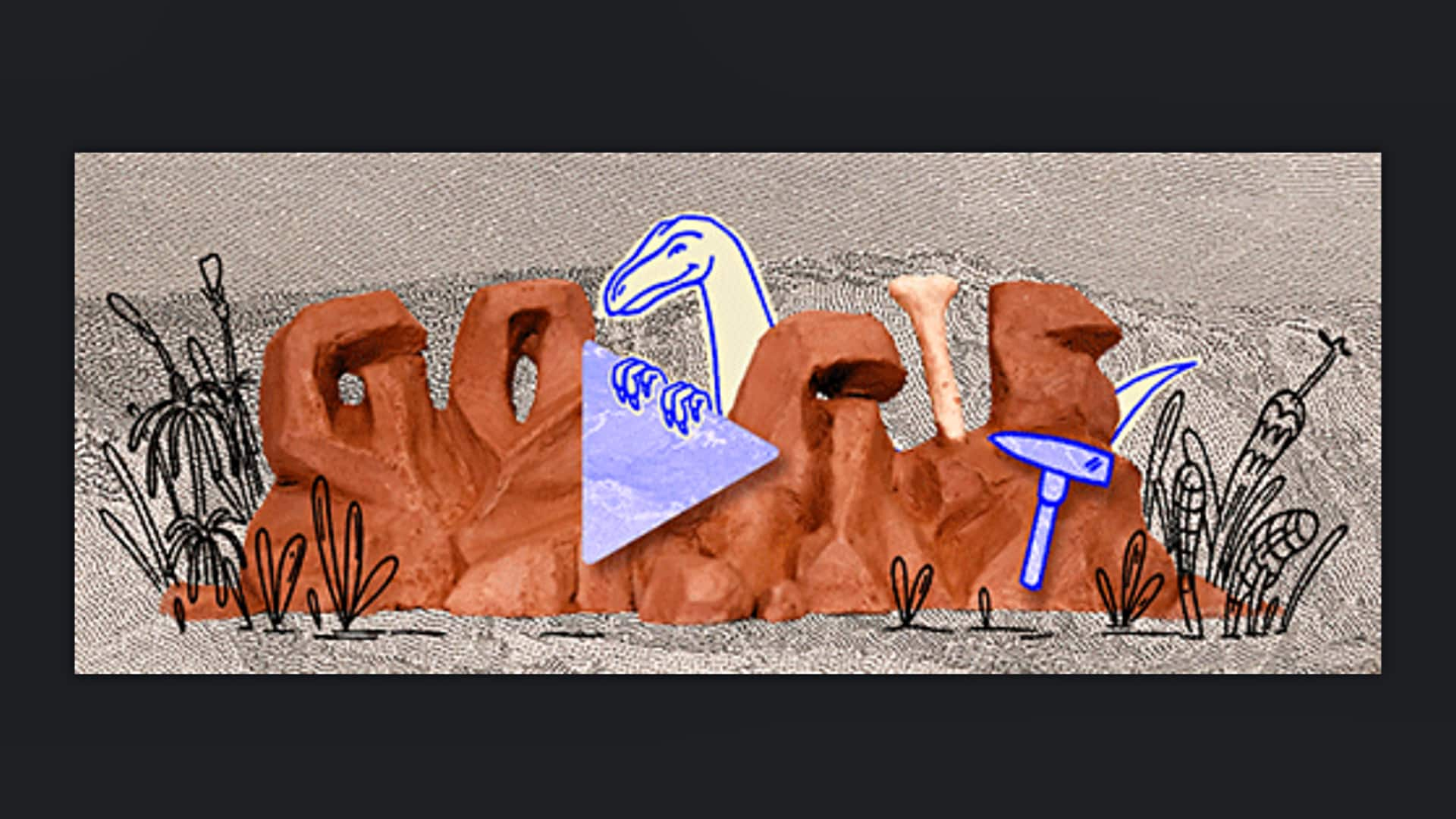
Google Doodle honors Staurikosaurus, an early dinosaur discovery
What's the story
Today's Google Doodle pays tribute to the revolutionary discovery of Staurikosaurus, an early theropod dinosaur that has played a key role in helping us understand the origins and evolution of these creatures. The animated doodle shows a Staurikosaurus swiftly traversing an ancient landscape, highlighting its speed and agility. It also shows the dinosaur's distinctive long tail and bipedal stance, along with serrated teeth hinting at its predatory nature.
Discovery details
Staurikosaurus: A significant find in dinosaur evolution
Paleontologist Llewellyn Ivor Prince first discovered the Staurikosaurus in 1936, at the Santa Maria Formation in southern Brazil. Radiocarbon dating techniques have established that this ancient predator lived during the late Triassic period, some 225 million years ago. The dinosaur was relatively large for its time, measuring about two meters long and weighing around 30kg. Its bipedal stance and long tail indicate a fast-moving predator who was well-equipped to catch and hold prey.
Evolutionary significance
Crucial piece in the dinosaur evolution puzzle
The discovery of Staurikosaurus has been instrumental in furthering our understanding of dinosaur evolution. By studying this early theropod, paleontologists have been able to put together the puzzle of how these creatures first appeared on Earth and embarked on their remarkable journey. The Staurikosaurus continues to inspire awe and wonder, reminding us of the diversity and complexity of life that has existed on our planet.